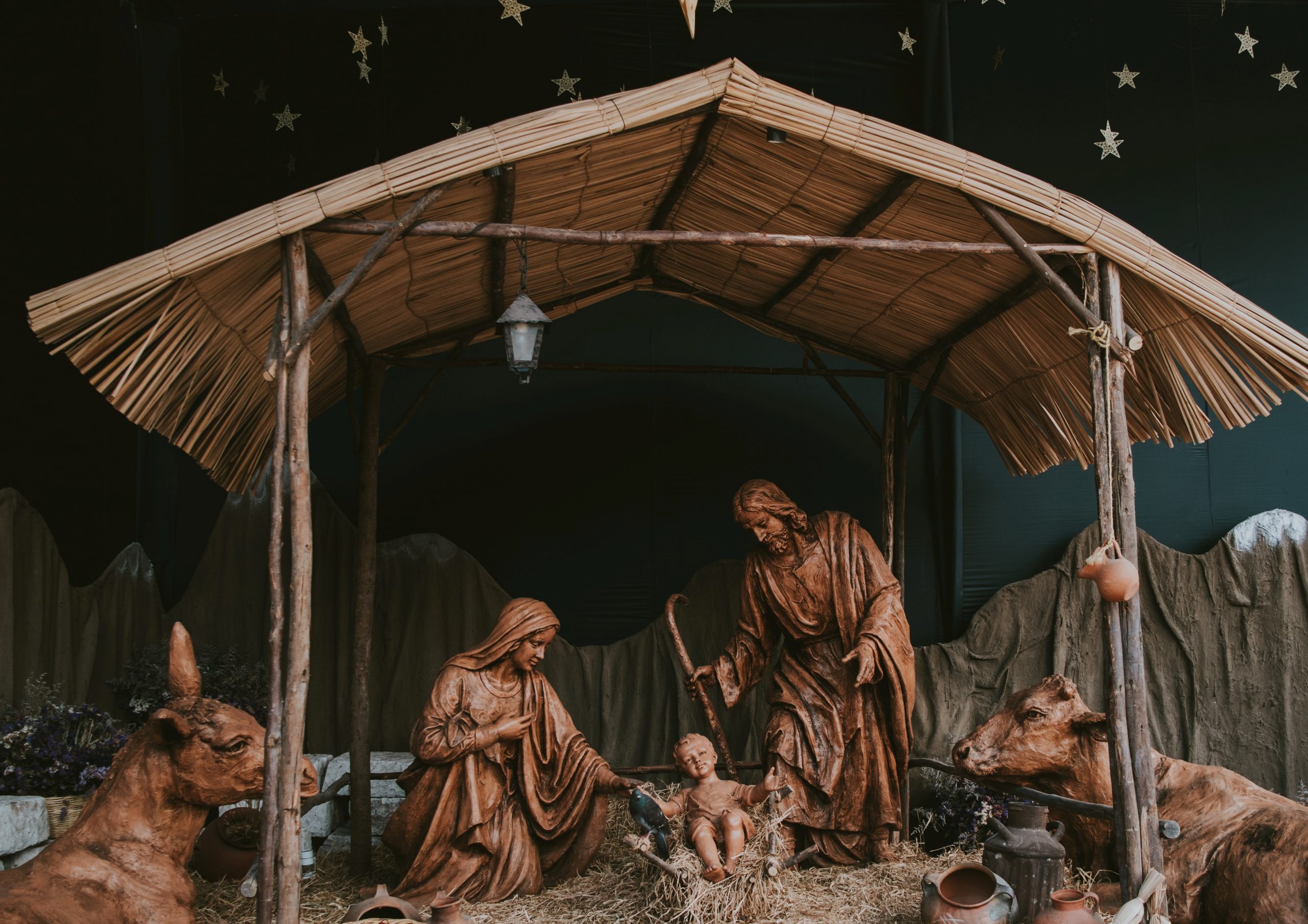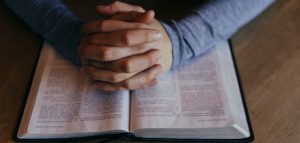When we say the word “Christmas” there are a number of different images that pop into our minds – Baby Jesus lying in a manager, Christmas Trees, Wisemen, Father Christmas, Shepherds and presents. Everything that I just mentioned falls into one of two categories, a Biblical worldview or a secular worldview. When we think of Christmas it is hard for us to separate these two things. It is the same for our children. They are hearing both of these worldviews also. But which voice is louder? Which one is the one that is going to stick with them? Which one is going to impact them for the rest of their lives? This is why our job is so important. God calls us to teach his word so that our children hear about him and, we pray, believe in him.
What is the purpose of a Sunday program that focuses on Christmas?
All too often we fall into the trap of going through the motions when it comes to Christmas. We teach it year in and year out and we almost become numb to the significance of the Christmas story. We need to continually remind ourselves that this story is one of the pillars of our faith and has eternal consequences. We should not teach the Christmas story because it is just what is done at this time of year. We should see this as a great opportunity to be able to share the gospel. The story of how God came into the world as a baby so that he could save us from our sin and death.
1) Like I mentioned earlier, there are two worldviews: The Biblical worldview and the secular worldview. God calls us to teach our children the true meaning of Christmas.
2) Like with any part of the Bible that we teach, we want our children to come to a saving knowledge of our Lord Jesus Christ.
3) To equip God’s people, including our children, for works of service.
Planning your Christmas Sunday Program
First, you need to figure out how many weeks you are going to break the Christmas story into. It is best to do this when you are planning your lessons. You may choose to do this right in the beginning of the year for the entire year or you may choose to do this at the beginning of each new semester or term. It doesn’t matter which way you choose to do it. You just need to be sure that you plan your weeks out correctly, taking into consideration school holidays and everything. Look at the material you are currently using or other material to get an idea of how others have divided up the Christmas story. I would recommend dividing the Christmas story into 4 lessons. So as to not make it too drawn out. You could also have an extra week of recap, where you go through all the lessons again.
The next thing to look at when planning your Christmas Program is how you are going to teach the lesson each week. This is how you are going to present your lesson. Visual aids are very important here, especially with younger children. You can use pictures that you have printed or drawn or even ones from a Children’s Bible. Another option is to show a short video clip. You can find many on the internet or you can even make your own. Otherwise, you can use props while retelling the story. (Some examples of these are: A stick as a staff for the shepherd, a toy sheep, A crown for Herod, gift boxes/bags for the gifts of incense, myrrh and gold. A wooden box as a manager, a piece of fabric to put on the shepherds’ head). Alternatively, you could get the children or some leaders to act out the lesson themselves. You can give them the props to use as they act. For the older children you could get them to read out the story from their own Bibles and you ask them questions.
The world we live in is very different from Biblical times so there will be many things within the Bible that we need to explain to our children. When you teach any lesson you will need to look for any confusing or foreign concepts that the children might not understand. This is no different with the Christmas Story. Here are a list of potentially confusing or foreign concepts with explanations that you may find helpful:
- A Shepherd – A person who looked after the sheep, found them food and water and kept them safe.
- The Magi – They were not Jews, they were Gentiles. They are best known as astrologists, for their study of the stars.
- Herod – Herod, the Great, as he was known. He was a Roman King of Judea. When he died he divided his kingdom up among his 3 sons. One of his sons, Herod Antipas was the Tetrarch, like a governor of Galilee and Perea. Why is he important? Well he was the Herod that we read about during Jesus’ Trial leading up to his death.
- An angel – Children often think of angels as people who have died and are now flying in the clouds playing harps and that one day when we die we will become angels. We need to correct this misunderstanding. In this particular story the angels are messengers from God.
- A manger – An open box from which horses and cows and other animals can feed.
- Frankincense – is a resin used in incense and perfumes
- Myrrh – is a natural gum or resin extracted from a number of small, thorny trees. It has been used throughout history as a perfume, incense, and medicine.
Last, but not least, is all your supporting activities. What I mean by supporting activities is any activity that supports or reinforces what you have taught in your lesson. These are things like: your songs, games, memory verses and crafts.
You want to choose songs that relate to the lesson. For example when you are teaching about Jesus’ birth you might want to sing “Away in a manger” or “Silent Night.”
Be sure not to play games just because you want to keep the children occupied and let them have a bit of fun. Now don’t get me wrong we do want the children to have fun, but we want them to learn while having fun. For example you can play a quiz game. This is a good game to play, especially with older children, who know their Bibles well or think they know their Bibles well.
The same goes with your craft, you don’t want them to just go home with a pretty picture. We want them to be able to tell someone else what they learnt by using the picture they have made. There are many crafts you could do. You can look on the internet or in the material you are already using. A nice example of an activity for younger children is to give them pictures of Mary, Joseph and Baby Jesus and some of the animals in the stable which they stick down onto a picture of a stable or in a box. For older children you could do crossword puzzles or word-searches.
When you are selecting a memory verse, choose a verse that will reinforce the lesson aim. A fun way to help your children memorise the verse is to get the children to “ba” the memory verse like sheep.
We should not teach the Christmas story because it is just what is done at this time of year. We should see this as a great opportunity to be able to share the gospel. The story of how God came into the world as a baby so that he could save us from our sin and death. In this blog we began by outlining three purposes for teaching the Christmas Story. Then we looked at some tips on how best to teach the Christmas Story.
Thanks for reading my post. I hope you found it helpful. Please send me any feedback, comments or questions that you may have. I would also like to hear if there are any topics that you would like me to deal with in the future. Any suggestions will be greatly appreciated.
Bye for now.




